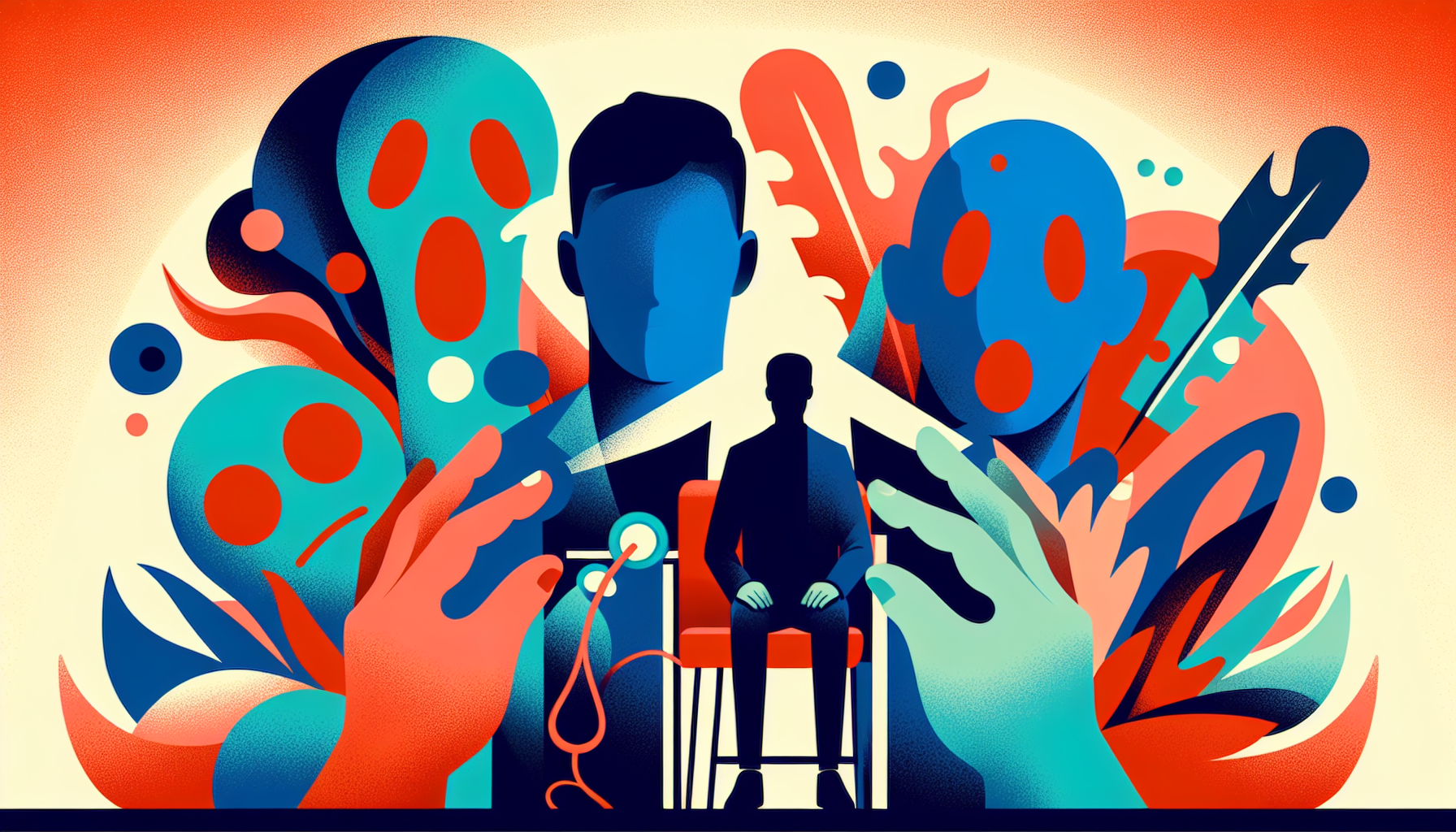Can I Take Zepbound a Day Early?
Key TakeawaysZepbound is a once-weekly injectable medication for weight management and obstructive sleep apnea (OSA) linked to obesity.Taking Zepbound a day early is [...]
Read More
Medically reviewed by Abhijit Bhattacharyya | MD, PhD, MBA, Tufts University School of Medicine - Miami, Florida on November 6th, 2023.
Specific phobias are a type of anxiety disorder characterized by an intense, irrational fear of a particular object or situation. People with specific phobias often go to great lengths to avoid the feared object or situation, which can significantly interfere with their daily lives. In this guide, we'll explore the symptoms, causes, diagnosis, and treatment options for specific phobias.
Specific phobias can be categorized into several types based on the object or situation feared:
Animal phobias: Fear of dogs, snakes, insects, or mice
Situational phobias: Fear of flying, riding in vehicles, driving, bridges, tunnels, or enclosed spaces
Natural environment phobias: Fear of storms, heights, or water
Blood-injection-injury phobias: Fear of injury, blood, or medical procedures
Other phobias: Fear of falling, loud sounds, or costumed characters
It's possible for a person to have more than one specific phobia.
People with specific phobias may experience the following symptoms:
Excessive or irrational fear of a specific object or situation
Avoidance of the feared object or situation, or enduring it with intense distress
Physical symptoms of anxiety or panic attacks, such as rapid heartbeat, nausea, sweating, trembling, numbness, difficulty breathing, dizziness, or a choking sensation
Anticipatory anxiety when expecting to encounter the feared object or situation
Children with specific phobias may express their anxiety through crying, clinging to parents, or throwing tantrums.

The exact cause of specific phobias is not known, but they are often associated with traumatic experiences or learned reactions. For example, a frightening encounter with an animal or witnessing a traumatic event can lead to the development of a specific phobia. Fear can also be learned from others, particularly during childhood.
To diagnose a specific phobia, a doctor or mental health professional will conduct a medical and psychiatric evaluation. They may perform a brief physical exam and use various tests to rule out physical illnesses as the cause of symptoms. If no physical cause is found, the person may be referred to a mental health specialist for further assessment.
Diagnosis is based on reported symptoms and the degree to which they interfere with daily functioning. A specific phobia is diagnosed if the person's fear and anxiety are particularly distressing or disruptive to their daily life.
Treatment for specific phobias typically involves one or a combination of the following:
Cognitive behavioral therapy (CBT): A type of psychotherapy that gradually exposes the person to their feared object or situation until their fear begins to fade
Medication: Short-acting sedatives for situational phobias, antidepressants, or beta-blockers may be prescribed to help manage anxiety symptoms
Relaxation techniques: Deep breathing and other relaxation methods can help reduce anxiety
With proper treatment, most people with specific phobias can successfully manage and overcome their fears. Early intervention following a traumatic experience may also help prevent the development of severe anxiety disorders.
If you suspect that you or a loved one may have a specific phobia, it's essential to seek help from a mental health professional. They can provide an accurate diagnosis and develop an individualized treatment plan to help you overcome your fears and improve your quality of life.
For more information on specific phobias and anxiety disorders, visit:
Key TakeawaysZepbound is a once-weekly injectable medication for weight management and obstructive sleep apnea (OSA) linked to obesity.Taking Zepbound a day early is [...]
Read MoreKey TakeawaysZepbound is an FDA-approved medication for chronic weight management in adults with obesity or overweight, and for moderate to severe obstructive sleep apnea [...]
Read MoreKey TakeawaysZepbound is a once-weekly injectable medication that supports weight loss by activating hormone pathways regulating appetite and digestion.After the first dose, [...]
Read More